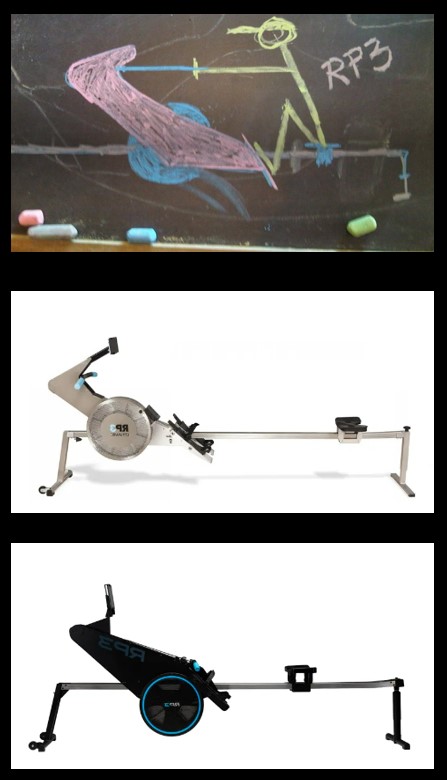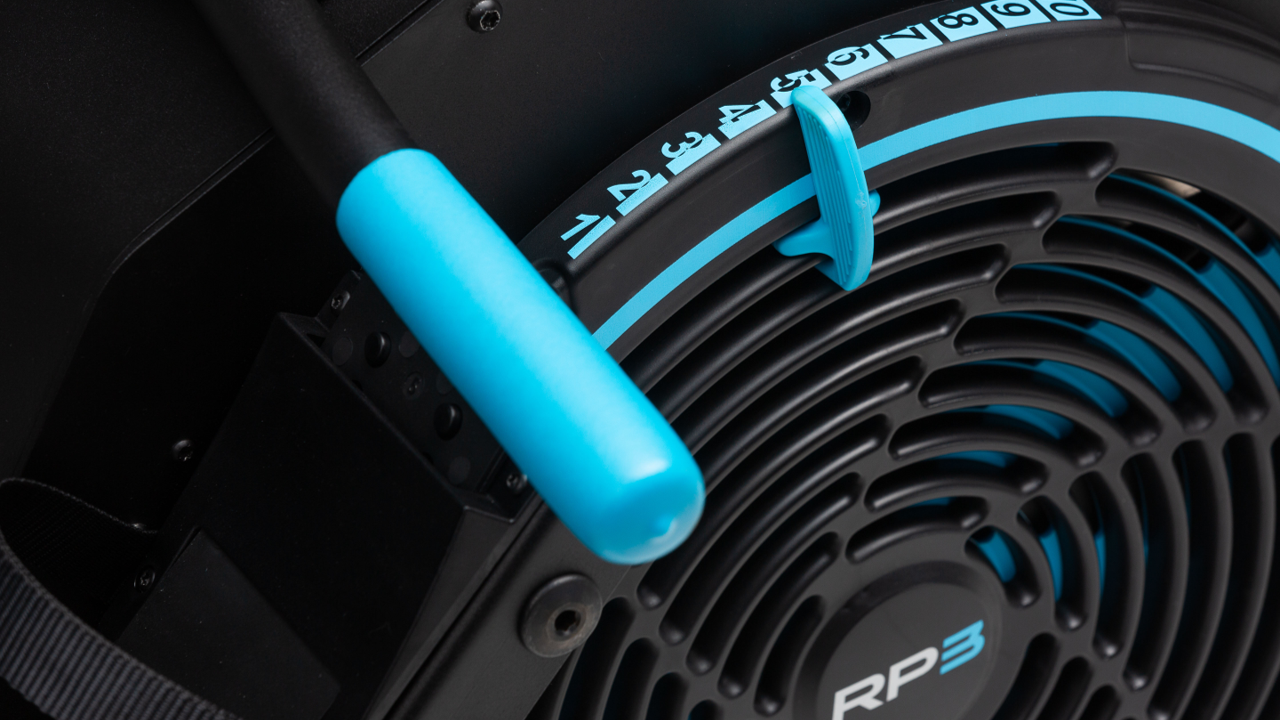It all started in the previous century
It was in the mid-eighties that Cas Rekers’ daughter Marjolein started to suffer from lower back pain, because of using the static indoor rowing machine, which was getting quite popular in that time.
After Cas heard about 65% of the athletes in the rowing community also had this injury problem, he started to investigate the movement on the static machine.
Cas was a good rower himself and knew the problem of lower back pain wasn’t common rowing in a boat.
He found that the right way to train indoors is to mimic the same movement as in a boat, whereas you push away the weight and stay in a stable position, in stead of on a static indoor rower you push away yourself from a fixed structure.
After he had found what needed to be different, in 1988 he engineered the first dynamic indoor rower and called it: RowPerfect!
The first athlete that used this machine in his training was the dutchman Frans Göbel. During his study as medical doctor he worked in a hospital, he couldn’t train on the water to prepare for the World Championships in 1989. Frans trained only on the RP2 at home until 3 weeks for the races and became World Champion in the lightweight single sculls.
The next year, in 1990, Frans travelled to Australia for the next World Championships and took his RP2 to use on the hotel balconny. He prolongated his title as World Champion, again after only being about 2 weeks on the water in preparation to this winning race. Even during the last few days before the final he choose to do his workout on RP2 in stead of in the boat, because he was convinced it would help him better. And it worked!
In 1991 Cas teamed up with Jan Lammers, whose company Metalindustry Knobbe started up the serial production of the model RP2.
Till 2004 the production and distribution were performed in the Netherlands and during the following years till 2009 the product was licensed for 5 years to Australia.
By the end of 2009, the production and engineering was brought back to the old team and the production of the new RP3 model S was started.
After the introduction of the first RP3 machines Cas died in September 2010 during a rowing event at his old club Proteus Eretes in Delft.
Jan Lammers and his wife Annet bought the company and worked on keeping the legacy of Cas alive, and also started to introduce RP3 at all Elite rowing teams in the world.
When in 2010 Concept2 stated that the best way of rowing is ‘dynamic’, with the introduction of there own version, they paved the way for RP3 as the orginal Dynamic Indoor rowing machine.
In 2013 the redesigned RP3 was introduced, which is still in production with some modifications. In 2019, the new RP3 model T was introduced. This model is the re-invention of dynamic indoor rowing.
For the current digital age, the RP3 proposition is being transformed into the best tool available to row better and adapted or further developed for capabilities such as; self-coaching, online training and racing, crew functions, workout analysis and valuable support functions for indoor training and on-water rowing.



